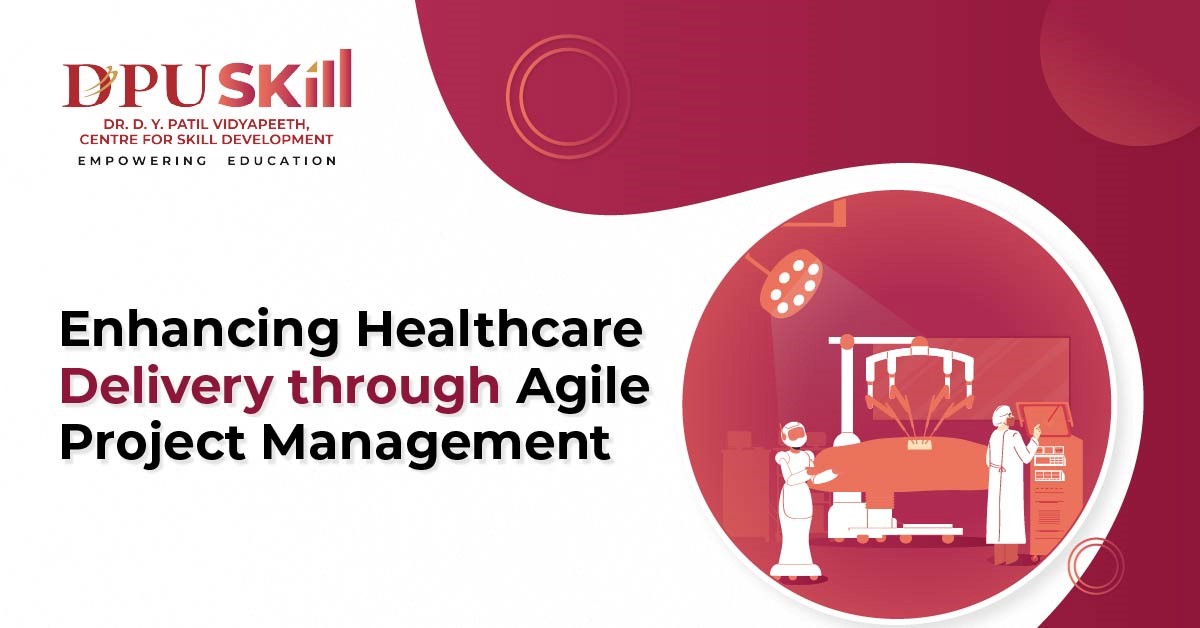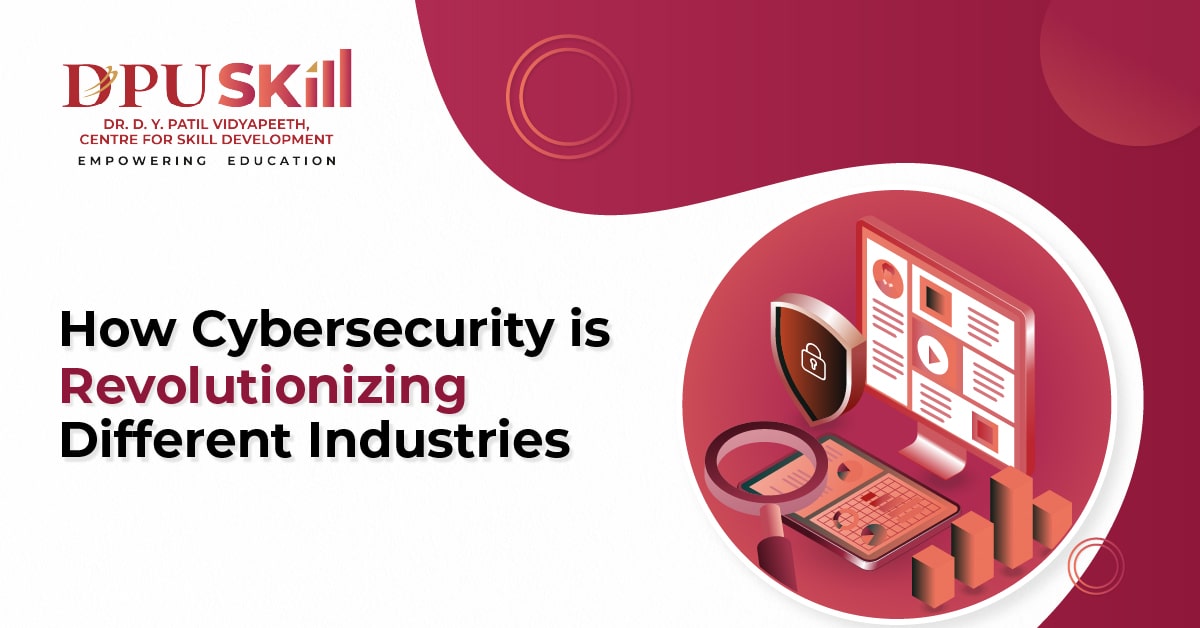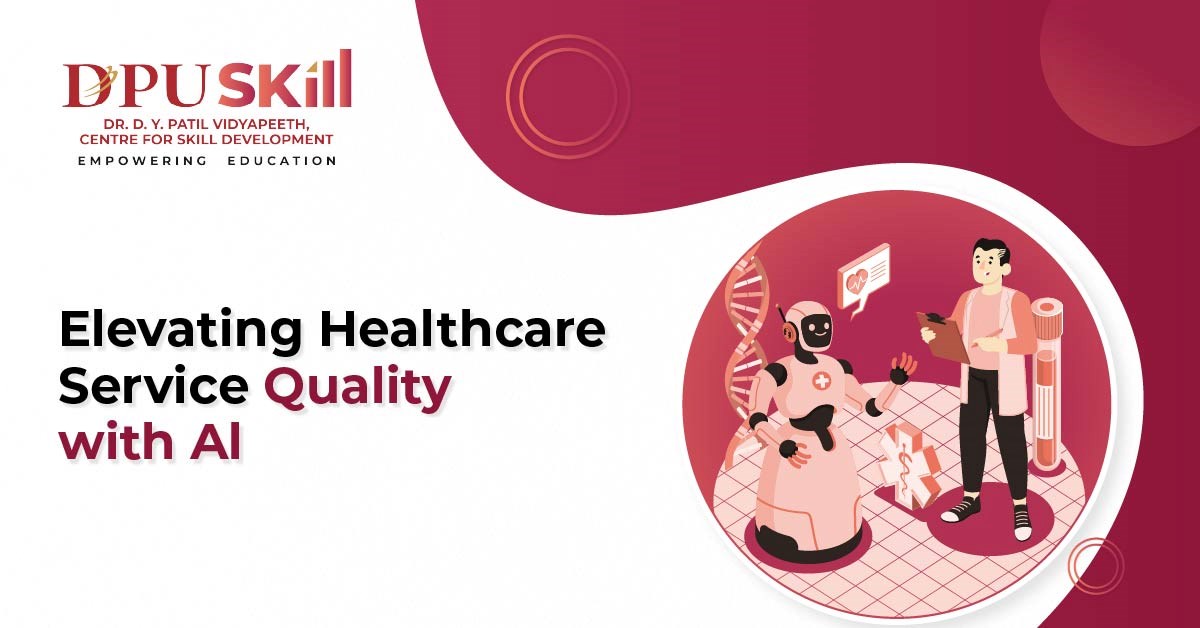
Initially developed for the rapidly evolving software industry, Agile project management has now emerged as a powerful tool in the healthcare and hospital administration sectors. Its principles—adaptability, iterative processes, and collaboration—are well-suited to managing complex healthcare projects. From improving team dynamics to delivering patient-centered solutions, Agile brings notable benefits that can significantly improve healthcare outcomes.
1. Enhanced Team Collaboration
Agile project management encourages consistent communication and teamwork, a core need in multidisciplinary healthcare environments. Healthcare projects often involve diverse teams, including medical staff, hospital administrators, IT professionals, and support staff. Agile’s approach of regular meetings, reviews, and feedback loops promotes transparency, alignment, and better coordination among team members. This collaborative environment ensures that all stakeholders—whether they are doctors or administrators—are on the same page, leading to more integrated and cohesive patient care.
2. Flexibility and Responsiveness to Change
Healthcare is constantly evolving, with new medical guidelines, treatment protocols, and regulatory requirements emerging frequently. Agile’s iterative structure divides large projects into smaller, manageable “sprints,” making it easier to adapt to these changes. For example, if a hospital needs to integrate updated safety protocols due to regulatory shifts, Agile’s sprint-based approach enables rapid adjustments without delaying the entire project. This flexibility is particularly advantageous in hospital administration, where quick responses are essential to maintaining efficient, compliant, and safe operations.
3. Continuous Quality Improvement
Quality improvement is a central goal in healthcare, where even minor mistakes can impact patient safety. Agile's focus on frequent testing, reviews, and feedback collection helps teams identify and address issues early in the project lifecycle, minimizing disruptions. For instance, when implementing a new Electronic Health Record (EHR) system, Agile’s regular feedback loops allow healthcare teams to address interface issues, usability concerns, and data management challenges before they escalate, ultimately enhancing system reliability and user experience for both medical staff and patients.
4. Patient-Centric Solutions
Agile project management places a strong emphasis on incremental development and delivery, a valuable feature for creating patient-centered solutions. Agile enables hospitals to roll out new patient services—such as improved user interfaces for patient portals or diagnostic software integrations—in stages, allowing teams to refine each element based on real user feedback. This iterative approach ensures that solutions are closely aligned with patient needs, enhancing their effectiveness and satisfaction.
Agile’s impact in healthcare can be seen in diverse applications that streamline operations and improve patient care. A key example is the development and optimization of Electronic Health Record (EHR) systems. Traditionally, EHR implementations have been challenging due to their complexity, but Agile’s iterative approach allows for phased rollouts, frequent feedback, and early problem resolution.
Additionally, Agile methodologies are instrumental in creating effective telemedicine platforms, where rapid adjustments and improvements are essential to provide accessible, user-friendly, and secure remote care options.
Another valuable application is in workflow optimization within hospitals. Agile processes help administrators identify bottlenecks in patient flow or operational inefficiencies and address them incrementally. For instance, Agile can help reduce patient wait times or streamline the process of obtaining diagnostic results, both of which enhance patient satisfaction and operational efficiency.
Agile project management empowers healthcare organizations to handle complex projects with greater efficiency, adaptability, and quality control. By fostering a culture of collaboration, flexibility, and continuous improvement, Agile aligns healthcare delivery with the ultimate goal: enhancing patient care and overall hospital efficiency. This approach marks a significant shift towards a more responsive and patient-focused healthcare system, paving the way for sustainable improvements in healthcare administration and services.
Author:
Rohit Oke
Healthcare Expert with 21 Years of Experience |
Specialized in-Patient Care and Employee Safety |
Expert Trainer at DPUSKILLS

Discover DPUSkill, India’s No.1 platform for upskilling professionals. Boost your career with expert-led courses and global certifications.
Read More
Discover how cybersecurity is revolutionizing industries like healthcare, finance, retail, and education, protecting data and ensuring operational continuity.
Read More
Discover how AI is revolutionizing healthcare, enhancing patient care, and streamlining hospital administration with cutting-edge technology.
Read More